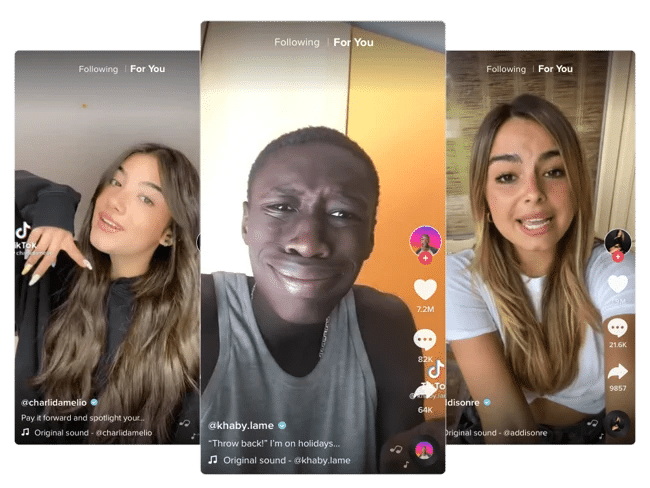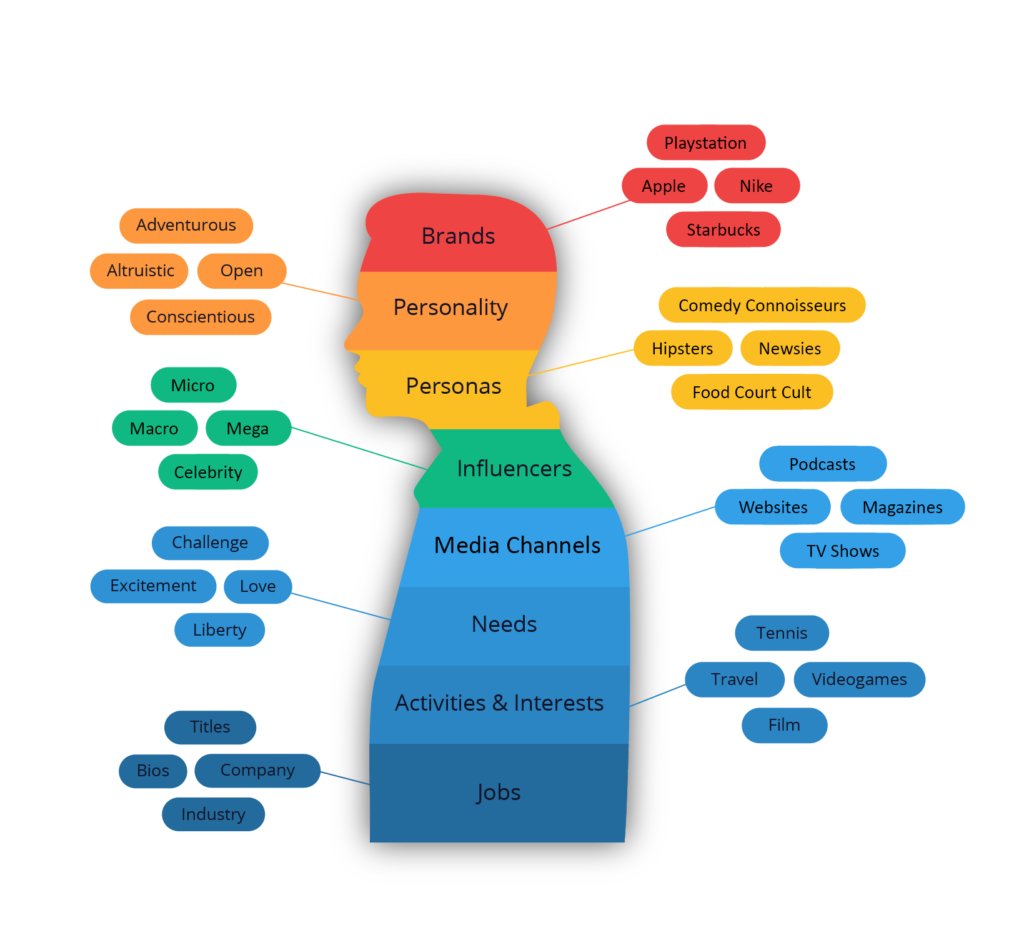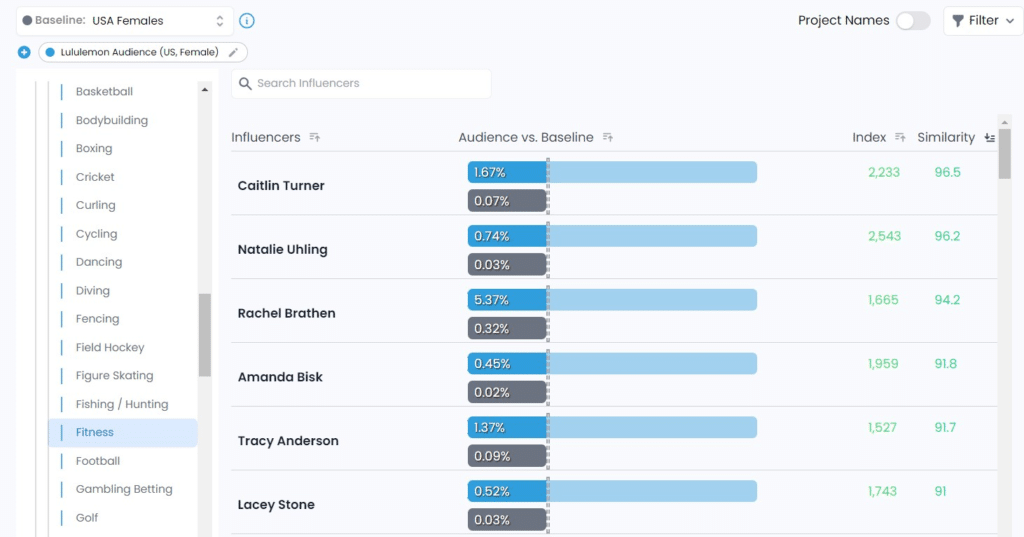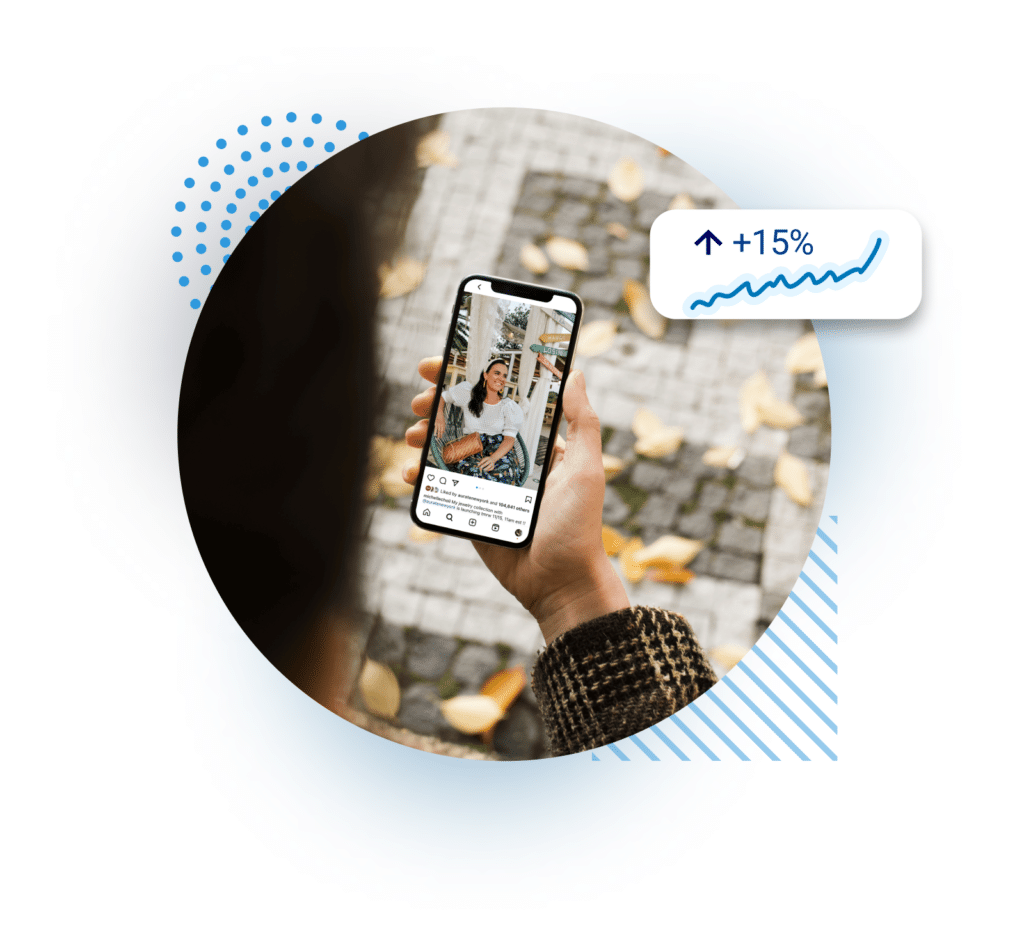The rise of influencers has given way to an abundance of tools and influencer marketing strategies. In 2022, the influencer market in the U.S. climbed to a record $16.4 billion as more marketers than ever leveraged influencer campaigns. The rise of TikTok over the past several years is a big part of this exponential growth, with no end in sight.

As long as social media continues to be a hub for word of mouth, we predict that influencer marketing is here to stay and only poised to grow as both tech giants and start-ups look to create more innovative offerings. However, finding the right mix of tools can be tricky. And one lesser known tool that can arguably be the most impactful for creating powerful influencer marketing campaigns that convert and measure their impact is a social audience insights platform.
The key is to start with your goal. What are you looking to achieve from your influencer marketing program? If you said “increased sales,” then you landed in the right place.
Influencer tech and services marketers most commonly leverage to support their strategy & initiatives
Marketers have plenty of options to select from for their influencer programs. In the US, the number of companies offering influencer services grew from 4,800 in 2019 to 7,300 in 2021. The most common services and platforms in an influencer marketer’s toolkit will include:
- Agencies and managed services, perfect for marketing departments looking to outsource their influencer initiatives to a group of experts.
- Influencer management platforms, a comprehensive tool for selecting influencers, nurturing the relationship, managing payments, and evaluating success of the partnerships (more on that below).
- Social listening platforms, for keeping up on viral topics, and the conversations being had on social relevant to your brand or your competitors’.
- Design tools, critical to both marketers and influencers alike allowing you to create custom images and graphics to fuel social campaigns.
Whether you’re part of an influencer-focused agency or in-house team, you’re likely employing one if not several of the tools or services mentioned. But even with a fully equipped arsenal of the best tech and experts in the industry, you’re likely still left wondering…
“Are we sure we partnered with the right influencer(s)?”
“How do we know if our influencer partnership(s) actually increased sales and by how much?”
The critical and often missing piece to your influencer marketing strategy: self-declared social audience data

Audience data sourced across major social platforms is relatively new to the block, and if you haven’t heard of it before, you’re not alone. Unlike its social listening counterpart, a social audience insights platform stitches together an individual’s public and self-declared sentiments and engagements across social into one unique profile to view their interests, affinities, preferred media channels, and the influencers they engage with.
So why is this so critical for marketers? Because we finally have the ability to go beyond our CRM, social engagement metrics and demographics to truly understand our audience and the media channels and influencers they actively engage with.
3 Ways to take your influencer marketing strategy to the next level
When you combine the powers of a management platform, social listening platform, and social audience data, you can not only ensure you’re managing and nurturing the right partnerships, but also determine the impact that partnership had on sales.
1. Validate existing or future partnerships

Your management platform will recommend influencers based on follower counts, engagement metrics and keywords that relate to your brand. Many times management platforms will integrate social listening tools to identify influencers based on content they post. Using a social audience insights platform, you take an audience-first approach to influencer discovery, by identifying your audience of core customers, then viewing the influencers they already engage with.
When using these two platforms together, you can view if the partnership recommended in your management platform actually aligns with your audience. Alternatively, you can take the influencer recommended in your social audience insights platform and pitch, nurture and manage the relationship within your management platform.
2. Move past promo codes and affiliate links for measuring sales impact

Management platforms have long identified campaign ROI through promo codes and affiliate links and a few other conversion metrics. The problem? It’s not hard for promo codes to end up on sites like Rakuten and Honey, providing a murky picture on how many of the influencer’s followers actually made a purchase.
[Read more on why affiliate links and promo codes aren’t enough to calculate the ROI of your influencer marketing campaigns here.]
When combining forces with a social audience insight platform, marketers can identify those exposed to the influencer’s content, and of that audience, who made a resulting purchase.
3. Identify the topics and trends most relevant to your audience

Social listening is a necessary tool for tracking mentions of your brand and the competition across social media. However, these tools lack the ability to provide information on who these people actually are.
But when combined with a social audience insights platform, marketers can understand not only what content is resonating on social media, but also who it is resonating with.
Using your social listening platform, you can export a specific audience (whether that’s your group of followers or the individuals engaging in a specific topic) to your social audience insights platform to better understand who they are, including their interests, affinities, etc.
Alternatively, you can build an audience within your social audience insights platform then upload to your social listening platform to identify the conversations and topics they’re engaging with to help inform messaging and future content.
Final thoughts: The best influencer marketing strategies need social audience insights
If you’re not one-hundred percent certain you’re partnering with the right influencers or wish you had a more precise way of measuring and understanding the impact of your influencer marketing strategy and campaigns, it might be time to start leveraging self-declared social audience data.
Check out this white paper that dives deeper into StatSocial’s ability to measure brand and sales impact.
This StatSocial authored post originally appeared on Talking Influence, now Hello Partner in June of 2022 but has been updated on StatSocial.com for relevance and accuracy.